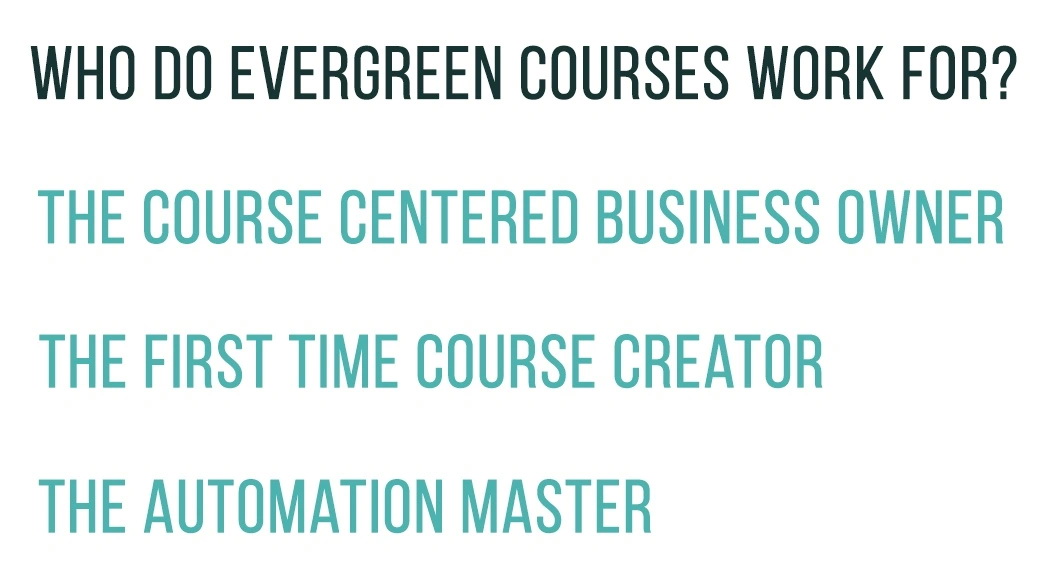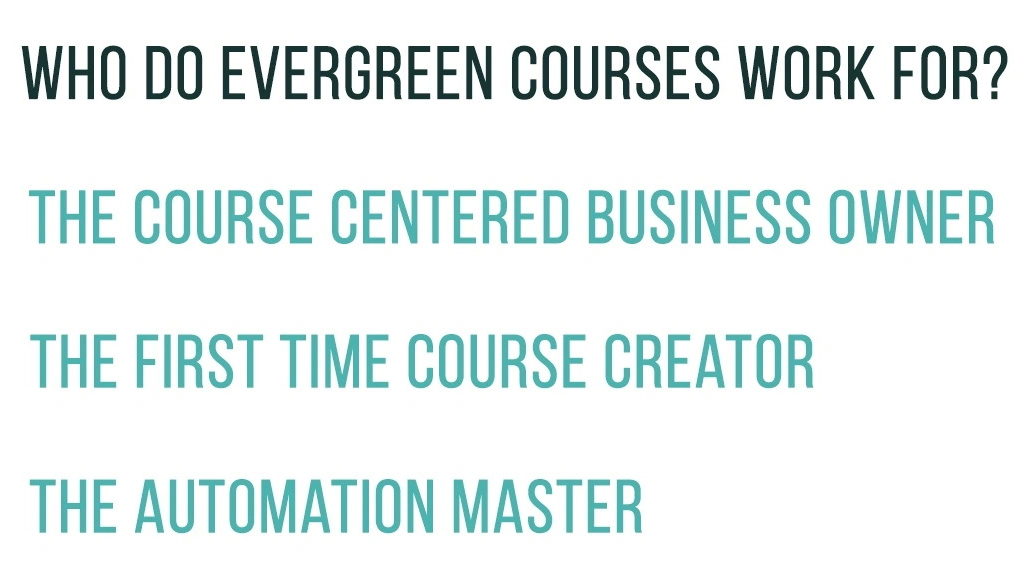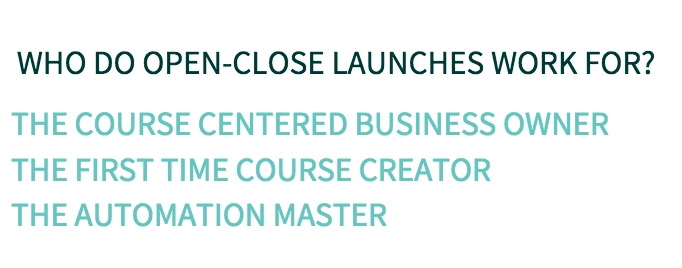Should you keep online course enrollment open at all times?


When it comes to launching an online course, there is no one “right way” to do so. Sure, we have our standard recommendations that work best for many schools, but like anything, there are exceptions to every rule and what works best for one instructor may not be the best option for you. We all have our own unique audiences and business models, so of course, we’d want to structure our online course launch to appeal to the fanbase we’ve worked so hard to grow. This post will walk you through the different launch methods, enrollment tips, their pros and cons, and who they tend to work best for.
Evergreen online course launches
An evergreen online course launch means that you’ll launch your course once and then it’ll be available from that moment on. We most often see this type of launch with course instructors who have an entire school full of courses for their students to choose from.
That said, there are plenty of instructors who only have a course or two and keep it evergreen indefinitely. This is an especially great method for business owners who have made online courses a part of their business rather than the sole focus of their online business.
Pros of an evergreen course
-
Students can find and buy your course whenever they’d like, they don’t have to sign up for a waiting list before they buy
-
If you have a large audience or are a thought leader in your area, you shouldn’t have trouble getting consistent sales–even if you’re not launching over and over again
-
You put in the work of creating and launching a course once, and then it keeps making passive income without added effort
-
You can still “relaunch” from time to time by educating your audience on why your course is useful and send launch sequences to see a surge of enrollments
-
It makes it easier to impulse buy—if someone sees your course and wants it now, they may be put off by having to wait until you launch again
Cons of an evergreen course
-
If you don’t automate promotion or mention your courses on your website and blog posts, it’ll be easy for your potential students to never click your “courses” or “shop” tab on your site
-
You’ll miss out on the urgency of a countdown to close timer that can help urge people to buy
-
People can procrastinate on buying your course until they forget about it altogether
Who do evergreen courses work for?


If you’re one of these people, evergreen courses might be for you.
1. The busy entrepreneur who has multiple revenue streams
While we personally think online courses are the best way to make money online, we have thousands of instructors with different business models. If you want courses to be something on the side to bring in a little extra cash without much stress, evergreen launches may be for you.
2. The academy creator who plans on many courses
You’re the ones who are churning out online courses like it’s your job, and there’s no way you could possibly do open-close launches for every single one. It makes more sense for you to promote your school as a whole rather than each of your individual courses.
3. Someone with a huge fan-base
If you have a large and engaged audience, chances are they’ll buy whatever you create, no matter how you launch. These are people whose audience is invested in both their businesses and in them as a person.
The anatomy of a successful evergreen course funnel
Here’s the deal: Evergreen courses can be something you launch once, add a link to on your website, and then forget about completely.
Or, while you’re launching, you can put systems in place to automate promotion and keep your evergreen course profitable throughout the year.
Open-close online course launches
We see a lot of open-close launches here at Teachable, and for good reason. If done right, the open-close model is very profitable and is what a lot of our most successful instructors opt to use.
The idea of an open-close launch is that you’ll create the course once. And then host huge launch campaigns several times throughout the year.
These types of launches help create urgency and excitement. Making your course available for only weeks out of the year can give people a “now or never” mindset that pushes them to take the plunge and purchase.
Pros of an open–close online course launch
-
Keep your online course on your audience’s radar
-
Profitable months will happen
-
You can reuse the same email campaigns over and over again so you only have to do the work once
-
A sense of urgency. (If someone is on the fence and there is only an hour left to buy, they won’t have much time to contemplate before purchasing)
-
Students will go through your course at the same time, making community building easier.
Cons of an open-close online course launch
-
They are a lot of work—every few months, you’ll find yourself setting up your webinar space, slaving over email analytics, and fielding questions from prospective students
- They are time consuming
-
It can be easy to get burnt out on this model. Your first few launches might be thrilling and exciting, but after that wears off, you might just feel overwhelmed
So, who open–close courses work for?


If you’re one of these people, open-close courses might be for you:
1. Someone whose business model is course focused and plans on making the majority of their income from online courses
If courses are your online business, it’s worth investing time and trying out the open-close model that works for so many people.
2. The first-time course creator who wants to get a taste of all sorts of launches
If you hate the open-close model, it’ll be easy to open your course up for good in the future. But you never know if you never try.
3. Someone who is good with automation and can streamline the process
It’s no lie that you’ll see amazing results from an open-close course model, but it comes at the cost of being a very time intensive process if you’re not automating all that you can.
Deciding which launch and enrollment tips are right for you
Launch strategy is important, but which launch strategy you choose to implement is less so. As long as you’ve got a solid product and an interested and engaged audience, you’re likely to find success no matter which method you choose.
When it comes down to it, think about your business goals, your free-time, and the resources you have available to you. If all else fails, do an open-close launch once to see how it feels, and if it’s not your cup of tea, you can just permanently open your course for enrollment.